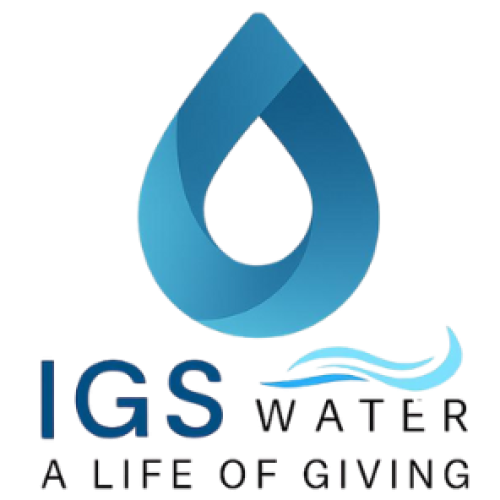Water is a vital resource for both agriculture and industry, yet its quality and availability are increasingly challenged by pollution, scarcity, and inefficient treatment methods. Advanced water treatment technologies are revolutionizing how we manage water resources, ensuring sustainability, improved productivity, and cost savings. One promising innovation making waves in this sector is Nanobubble (NB) technology.
What Are Nanobubbles?
Nanobubbles are tiny gas bubbles, typically less than 200 nanometers in diameter, suspended in liquids. Due to their minuscule size, they exhibit unique properties such as long stability, high surface area, and enhanced gas transfer efficiency. Nanobubbles can be generated using specialized equipment and injected into water to improve its quality in various applications.
Benefits of Nanobubble Technology in Agriculture
- Enhanced Oxygenation of Irrigation Water
Nanobubbles dramatically increase dissolved oxygen levels in water without the energy-intensive methods used by traditional aerators. Oxygen-rich water promotes healthier root growth and nutrient absorption in crops, leading to higher yields. - Improved Soil and Water Quality
By increasing dissolved oxygen, nanobubbles help reduce harmful anaerobic bacteria in irrigation systems and soil, preventing root diseases and enhancing soil fertility naturally. - Eco-Friendly Pest and Algae Control
Nanobubbles can help suppress algae growth in irrigation reservoirs and reduce reliance on chemical pesticides, contributing to more sustainable farming practices.
Benefits of Nanobubble Technology in Industry
- Efficient Wastewater Treatment
Industries generate large volumes of wastewater often containing contaminants. Nanobubbles enhance the breakdown of pollutants by improving oxygen availability for aerobic bacteria, accelerating purification processes. - Reduced Chemical Usage
By boosting natural treatment mechanisms, nanobubbles reduce the need for harsh chemicals in industrial water treatment, lowering operational costs and environmental impact. - Cooling Tower Optimization
Nanobubbles improve water quality in cooling towers by inhibiting scale formation and microbial growth, leading to better heat exchange efficiency and lower maintenance costs.
Why Choose Nanobubble Solutions?
- Energy Efficiency: Nanobubble generators use less power compared to conventional aeration systems.
- Low Maintenance: The systems have minimal moving parts, reducing downtime.
- Versatility: Suitable for a wide range of water types including freshwater, seawater, and wastewater.
- Sustainability: Helps industries and farms meet environmental regulations and reduce carbon footprints.
Real-World Success Stories
Several farms using nanobubble technology have reported up to a 20% increase in crop yields and healthier plants with reduced fertilizer use. Similarly, industrial plants have achieved faster wastewater treatment cycles and lowered chemical consumption, demonstrating the technology’s practical benefits.
Conclusion
Advanced water treatment with nanobubble technology offers a compelling solution for agriculture and industry by enhancing water quality, promoting sustainability, and reducing costs. As water challenges grow worldwide, adopting innovative solutions like nanobubbles can help safeguard resources and boost productivity.

